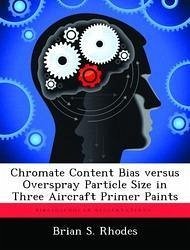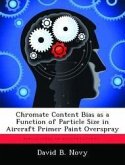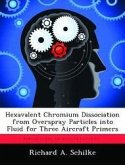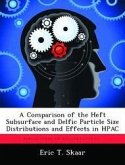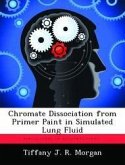The United States Air Force relies on the corrosion inhibiting properties of chromate-containing primer paints to protect the aluminum skin of its aircraft. Hexavalent chromium (Cr6+)--the ingredient responsible for the corrosion inhibiting characteristics of these primers--is a known human carcinogen. The concentration of Cr6+ in different particle sizes of paint overspray is important to understand health implications to painters as well as filtration efficiency. Previous research indicates disproportionately less Cr6+ content in smaller particles collected in the overspray of solvent-based epoxy-polyamide paint primers (MIL-P-2377G). This research explores the possibility of a particle size bias in the Cr6+ content of three commonly used aircraft primers: solvent-based epoxy-polyamide, water-based epoxy-polyamide (MIL-PRF-85582C), and solvent-based polyurethane (TT-P-2760A).
Hinweis: Dieser Artikel kann nur an eine deutsche Lieferadresse ausgeliefert werden.
Hinweis: Dieser Artikel kann nur an eine deutsche Lieferadresse ausgeliefert werden.

